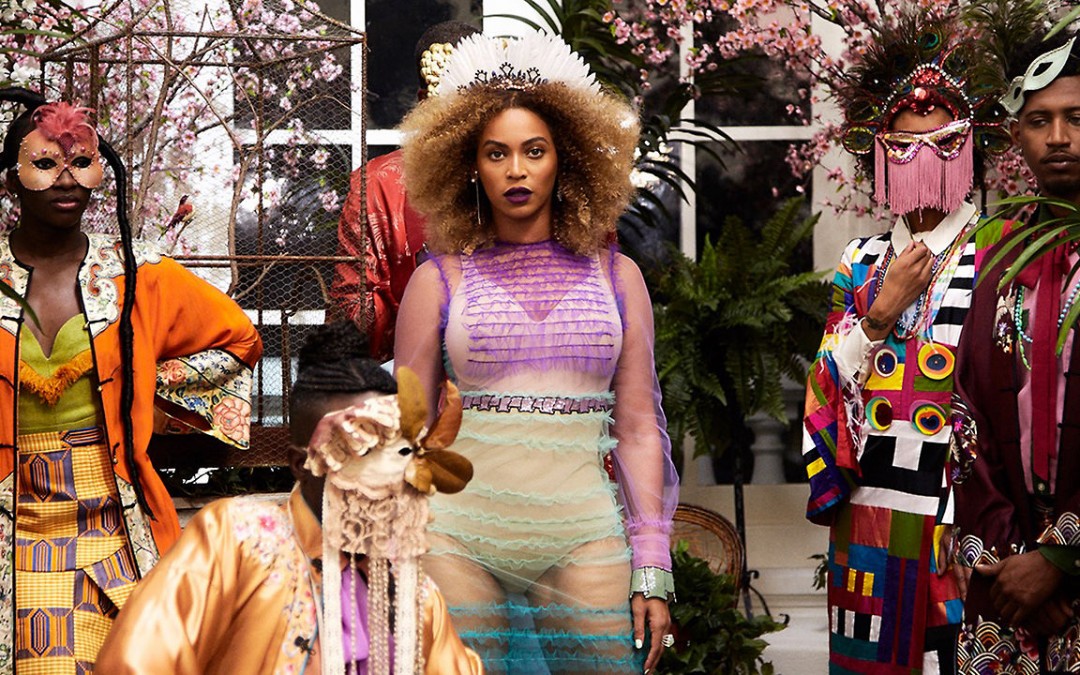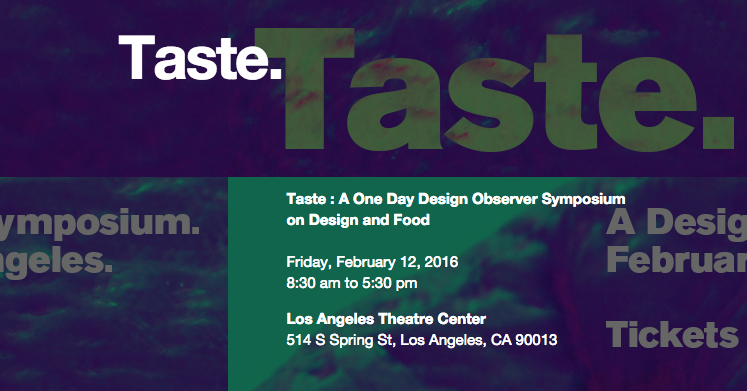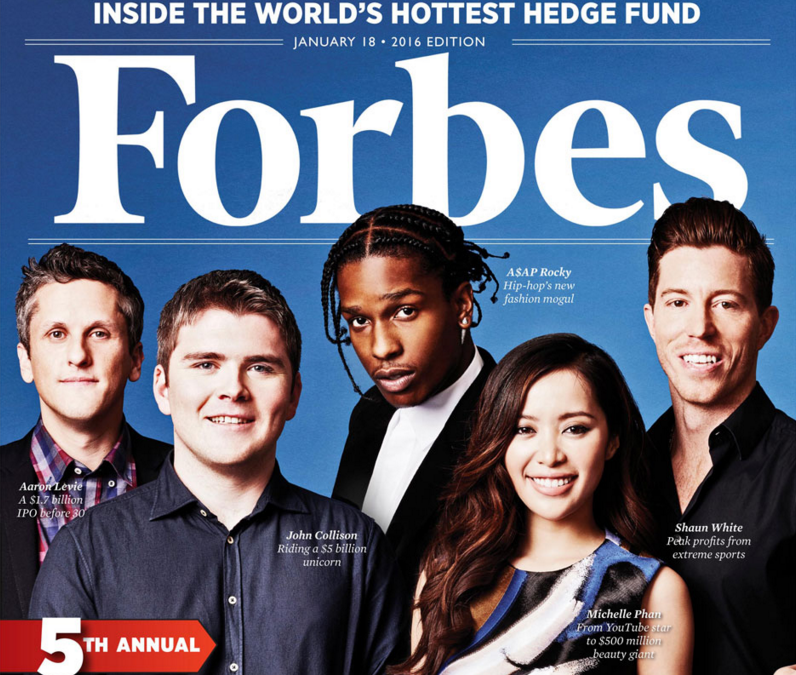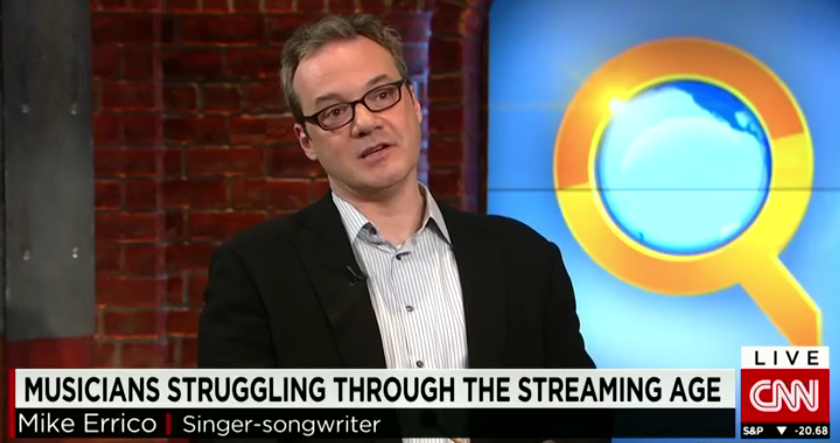
by Mike Errico | Jun 8, 2016 | Press, Text Journalism
Check out my conversation with Fast Company about “Formation,” songwriting, and the rise of “The Superchorus.” Excerpt, plus lyric and structure breakdown, which got kind of complicated…: “It feels new because you get a little bit lost in the form—you’re not being catered to,” says Mike Errico, a singer-songwriter and adjunct instructor at New York University’s Tisch School of the Arts. “[Producer/songwriter] Max Martin is very much a caterer—he’s a good escort and he’s a reliable narrator, musically. But this is actually pushing it. You don’t have control of the plane. That’s something that’s exciting about this.” What’s happening in “Formation” is what Errico describes as not necessarily a break from the traditional verse-chorus form, but an evolution of it. “I do suspect that the way present-day songs are conceived does impact the ways writers chose to innovate,” Errico says. “For instance, if you are writing a melody over a groove that is static, looped, and extended out—a process referred to as ‘toplining’—a creative mind will accept the track as an unmovable parameter and generate interest by changing up the melodies and hooks. At the end of a topline session, the writing team may have several sections they love, but instead of tossing them out in order to preserve preconceived notions of song form, they will line them up and make multiple hook-laden sections out of each.” VERSE 1 Y’all haters corny with that Illuminati mess Paparazzi, catch my fly and my cocky fresh I’m so reckless when I rock my Givenchy dress I’m so possessive so I rock his Roc necklaces PRE-CHORUS My daddy Alabama, my ma Louisiana...

by Mike Errico | Feb 10, 2016 | Teaching, Text Journalism
Los Angeles: I’ll be speaking (and playing) about food, design, and music alongside foodies from KCRW, Gizmodo, and the Union of Concerned Scientists, as well as Mark Bittman, Jessica Helfand, Michael Beirut, and many more. There will be food. There will be thought. I got pesto sauce in my bag. #swag Agrarian economics. Dry farming. Engineered waste. Vaporized nutrition. How are any of these things a function of design? On the other hand: how could they be anything else? On February 12, 2016, Design Observer will host a symposium on the relationship between design and food. Held in the Los Angeles Theater Center, Taste will feature speakers from across the United States and Europe: we’ll hear from a historian who has traced the origins of artificial flavor; an engineer who has discovered how to nebulize nutrients; and a politician lobbying for national food security. We’ll look at marketing tactics and distribution platforms; climate change and culinary excess; new economies of scale, old expressions of culture—and everything in between. We’ll eat, drink, and be merry, while raising critical questions about where the future of food is headed. TICKETS ON SALE...

by Mike Errico | Feb 7, 2016 | Teaching, Text Journalism
Thanks to Billboard for adding me to their piece, Album of 100 Songs, All 30 Seconds Long, Holds Digital Music and Modern Life Over the Coals. This summer, New York University songwriting professor Mike Errico wondered, darkly: “Spotify, the clear leader in the streaming space, pays after 30 seconds, so an honest question is… why write beyond that?” Mark Christopher Lee got the joke, and took it very seriously indeed. Six days ago he uploaded 100×30, a record of 100 songs each a hair over 30 seconds long, to SoundCloud. No industry participant is spared. A short list of 100×30’s targets include: Spotify, YouTube, Shazam, Deezer, the Brit Awards, the BBC, MP3s, SoundCloud, sync deals, The Orchard, Sony Music, NME, Starbucks, Noel Gallagher, Steve Jobs and MacBooks. Speaking to Errico via The Independent, Lee says: “I’ve been trying to have a meaningful debate about how we value music, and how we pay for it.” Mostly, however, his focus seems to be on how we don’t pay for it. Read on at Billboard Some Billboard – related pieces include: “Touring Can’t Save Musicians in the Age of Spotify” (New York Times) Appearance on CNN to discuss “Musicians Struggling Through the Streaming Age” What the Blues Can Teach You About Life, Art, and Everything In-Between (The Observer) “Space Oddity” and the Power of the Story Song (Cuepoint) Is the Three-Minute Pop Song Over? (The Independent UK) Hi. I’m Your Songwriting Professor. (The Observer)...

by Mike Errico | Feb 7, 2016 | Teaching, Text Journalism
Forbes, the business magazine, has posted The Uneasy Future Of Format Innovation In Music Streaming. It has a good riff on the thirty-second song pieces I did, as well as other prognostications on how technology will influence artists and art. Only a few weeks before MIDiA released its report on variable media programming, musician Mark Christopher Lee released the album 100 x 30, which consists of 100 songs each only 30 to 39 seconds long. The album was a response to a June 2015 op-ed in The Independent by Mike Errico, adjunct professor of songwriting at New York University, who argued that Spotify’s royalty payout for tracks after just 30 seconds of streaming provides a financial incentive for artists to post shorter songs on the service. More than simply profitability, however, Lee aimed simply to propagate Errico’s statement on how the impact of streaming on the music industry can potentially lead to an overbearing hunger for creative efficiency. In fact, a quick glance at 100 x 30’s track titles, ranging from “How Many Friends Have You Bought in Your Unsigned Band” to “EMI (Eat My Industry),” confirms that the album is a harshly calculated stab at the increasing digitization of the music industry as a whole. Pieces related to the Forbes article include: “Touring Can’t Save Musicians in the Age of Spotify” (New York Times) Appearance on CNN to discuss “Musicians Struggling Through the Streaming Age” Is the Three-Minute Pop Song Over? (The Independent...

by Mike Errico | Feb 1, 2016 | So Good, Text Journalism
I went on CNN to talk about my piece in the New York Times, “Touring Can’t Save Artists in the Age of Spotify.” I’m wearing the suit I got married in. Here’s a segment on CNN’s site. Here’s a piece of the Times article: “Touring is, of course, the most ancient business model available to artists — and in many ways, it remains a vital part of their livelihood, even while the surrounding industry undergoes major upheaval to accommodate the new paradigm of streaming music. In response to the shift in revenue sources, standard recording contracts now intrude into the numerous nonrecording aspects of an artist’s career. But the advice given to the creative generators of this multibillion dollar industry is still one that would be recognizable to a medieval troubadour: Go on tour. And yet from a business standpoint, it’s hard to find a model more unsustainable than one that relies on a single human body. This is why we have vice presidents, relief pitchers and sixth men. When applied to music’s seemingly limitless streaming future, the only scarce resource left is the artists themselves. You would think the industry would protect such an important piece of its business model, but in fact, the opposite is true.” Read on at the New York...






